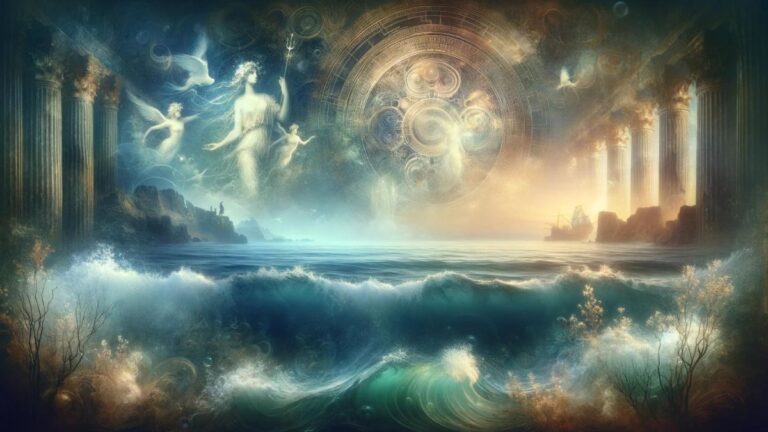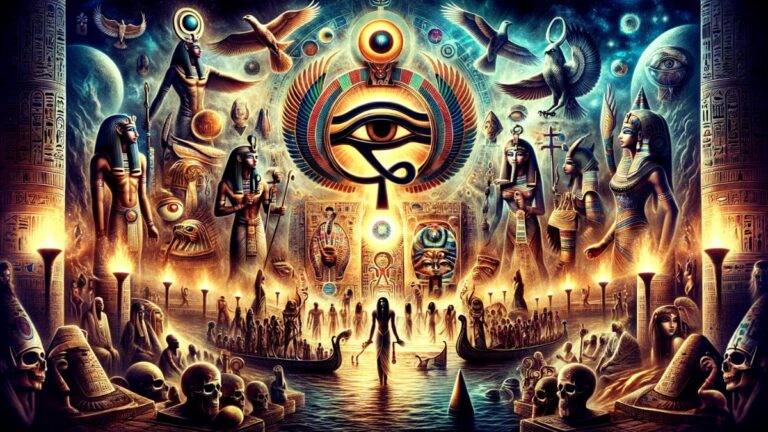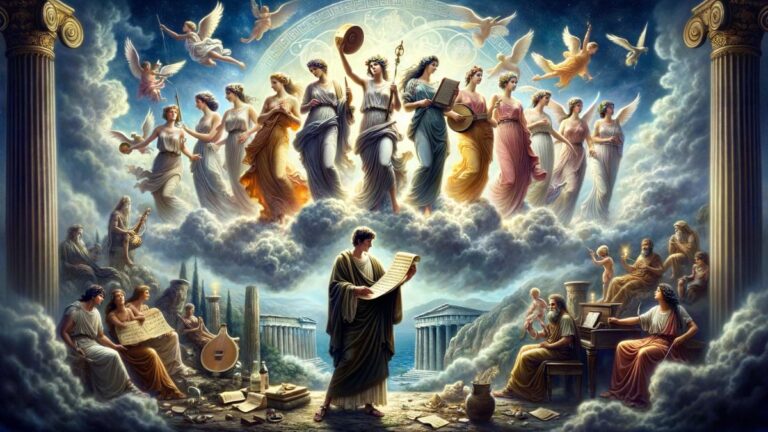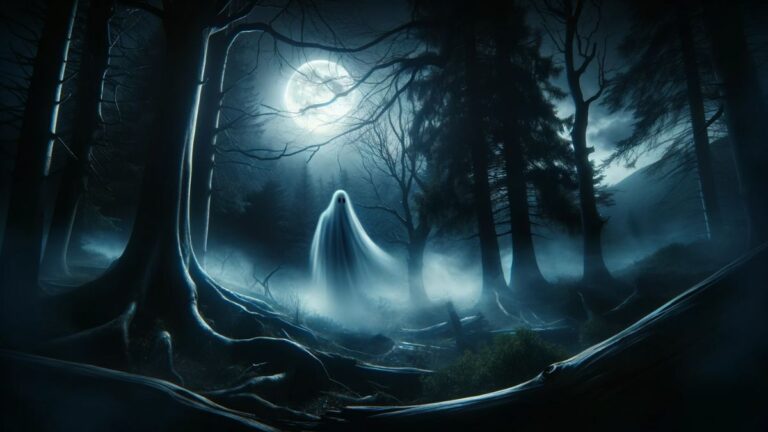Types of Elves: A Deep Dive into Their Various Kinds Across Folklore

Elves have long captured our imaginations, appearing in countless stories and myths across the world. They are mysterious, often elusive beings that seem to exist just beyond our grasp, in the forests, mountains, or even in our own backyards. From the regal and wise elves of high fantasy to the mischievous sprites of folk tales, the variety of elves is as vast as the cultures that created them. In this article, we’ll embark on a fascinating journey to explore the different types of elves found in folklore. We’ll see how these magical beings have evolved over time and understand their significance in various cultures.
The Origins of Elf Lore: Tracing Their Roots in Mythology
Elf lore dates back to ancient times, deeply rooted in Norse and Germanic mythology. Initially, elves were seen as divine or semi-divine beings with magical powers and a connection to nature. They were often considered guardians of forests and rivers, possessing an ethereal beauty and grace. In early texts like the Norse Edda, elves were divided into two groups: the light elves, who were benevolent, and the dark elves, who were more malevolent. This dichotomy reflected the complex nature of these beings in the human imagination.
As Christianity spread, the perception of elves began to shift. They were often demoted to lesser, more mischievous creatures, losing their divine status. Yet, their magical essence remained intact, and they continued to be a source of fascination and wonder. This transition marked a significant change in how elves were viewed, setting the stage for their diverse portrayals in later folklore and literature.
High Elves: The Noble Guardians of Ancient Realms
High Elves, often portrayed in literature and media, are the epitome of elvish nobility and grace. They are typically depicted as tall, fair, and wise, living in ancient, hidden realms. High Elves are known for their advanced knowledge and deep connection with magic. They are often seen as guardians of ancient wisdom and artifacts, playing a crucial role in maintaining the balance of their world.
In many stories, High Elves hold positions of leadership and authority, respected for their age and wisdom. They are skilled in both combat and magic, using their abilities to protect their realms from threats. This portrayal of High Elves emphasizes their noble and majestic nature, differentiating them from other elvish kinds through their regal demeanor and profound sense of duty.
Wood Elves: Mystical Protectors of Nature
Wood Elves embody the spirit of the wild and untamed aspects of nature. They are often depicted living in deep forests, in harmony with the natural world. Unlike their high elf counterparts, Wood Elves are more rugged and earthly, often seen as guardians of the wilderness. They have a deep understanding of flora and fauna, using this knowledge to protect their habitats from harm.
Their portrayal in folklore highlights their agility, skill in archery, and their ability to move unseen through the woods. Wood Elves are often shown as more approachable and less aloof than High Elves, forming close bonds with the creatures and plants of their environment. This connection to nature is a defining aspect of their character, showcasing their role as custodians of the wild.
Dark Elves: The Mysterious and Misunderstood
Dark Elves, often known in folklore as ‘Drow’, are among the most enigmatic and intriguing of all elf types. Traditionally portrayed with dark skin and hair, they are often associated with malevolence and deceit. Dark Elves usually reside in underground realms or in shadowy, forbidden forests. They are frequently depicted as antagonists in folklore and fantasy literature, known for their cunning and dark magic.
However, this portrayal is not universal. In some cultures, Dark Elves are simply misunderstood, living apart from other elves and humans but not inherently evil. Their depiction varies greatly, reflecting the complexity of their character in various mythologies. The allure of Dark Elves lies in their mysterious nature, challenging the traditional notions of elves as purely benevolent beings.
House Elves: From Folklore to Modern Tales
House Elves are a unique kind of elf, often depicted in folklore as small, domestic helpers who assist with household chores. These elves are known for their diligence and loyalty, quietly working in human homes, usually unseen. In many tales, they ask for nothing in return except for basic care and respect. House Elves embody the spirit of helpfulness and humility, often forming a stark contrast to the grandeur of High Elves or the wildness of Wood Elves.
In modern stories, House Elves have gained significant attention, portrayed with more personality and depth. They are often seen struggling with issues of freedom and servitude, reflecting broader themes of respect and kindness in human-elf relationships. This evolution in their portrayal highlights the increasing complexity and empathy in how elves are depicted in contemporary narratives.
Elves in Popular Culture: From Tolkien to Today
Elves have undergone a remarkable transformation in popular culture, largely influenced by J.R.R. Tolkien’s works. Tolkien’s elves, elegant and wise, set the standard for many subsequent portrayals in fantasy literature and media.
- Tolkien’s Influence: His elves are immortal, deeply connected to nature, and possess a profound sense of history and loss.
- Elves in Film and Television: Elves have been popular in movies and TV shows, often depicted as noble warriors or powerful mages.
- Video Games: In video games, elves are common characters, valued for their agility, intelligence, and magical abilities.
- Modern Literature: Contemporary authors have expanded on the traditional elf archetype, introducing new variations and exploring their societies in more depth.
The enduring appeal of elves in popular culture speaks to their versatility and the human fascination with the magical and otherworldly.
Comparing Elf Traditions: A Cross-Cultural Examination
Elves, as mythical beings, appear in various forms across different cultures, each with its unique characteristics and stories.
- Nordic Tradition: In Nordic folklore, elves are often linked to nature, magic, and the supernatural.
- Celtic Lore: Celtic elves are seen as powerful, mystical beings, sometimes capricious or even dangerous.
- Germanic Folklore: Here, elves are more varied, ranging from benevolent forest dwellers to mischievous household spirits.
- Asian Interpretations: In some Asian cultures, elf-like beings share similarities with nature spirits and deities, having unique traits and roles.
This diversity in elf traditions reflects the rich tapestry of human imagination and the ways different societies have conceptualized these enigmatic beings.
The Evolution of Elf Imagery: How Perception Has Changed Over Time
The imagery and perception of elves have evolved significantly over the centuries. Originally, in ancient myths and folklore, elves were ethereal and godlike, often indistinguishable from deities. Their connection to nature and the supernatural was profound, and they were revered and feared in equal measure. This perception reflected the awe and mystery surrounding natural phenomena in ancient times.
With the advent of the modern era, elves transitioned from divine beings to more humanized characters in literature and media. They began to be portrayed with more complexity, displaying a range of emotions and motivations. This shift mirrored the changing human worldview, with a focus on individuality and character depth. Today, elves continue to evolve, embodying various aspects of human culture and imagination, from noble warriors to mischievous sprites.
Elves and Magic: Exploring Their Mystical Powers
Elves are often intrinsically linked with magic, a key aspect of their mythological and cultural significance.
- Nature Magic: Many elves, especially Wood Elves, are portrayed as having a deep connection with nature, able to communicate with animals or control natural elements.
- Healing Abilities: Elves are frequently depicted as skilled healers, using their knowledge of herbs and ancient magic to heal wounds and illnesses.
- Illusion and Enchantment: Elves are known for their ability to cast illusions and enchantments, bewitching humans or protecting their realms.
These magical abilities not only define elves but also highlight the human fascination with the mystical and the unknown, as reflected in centuries of storytelling and myth-making.






